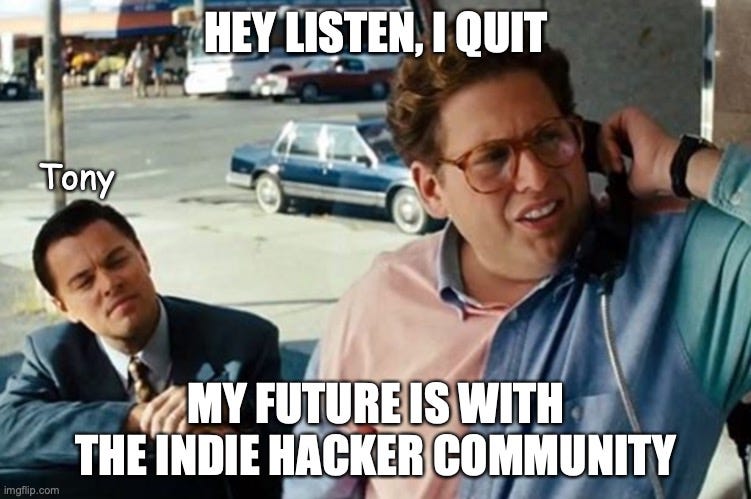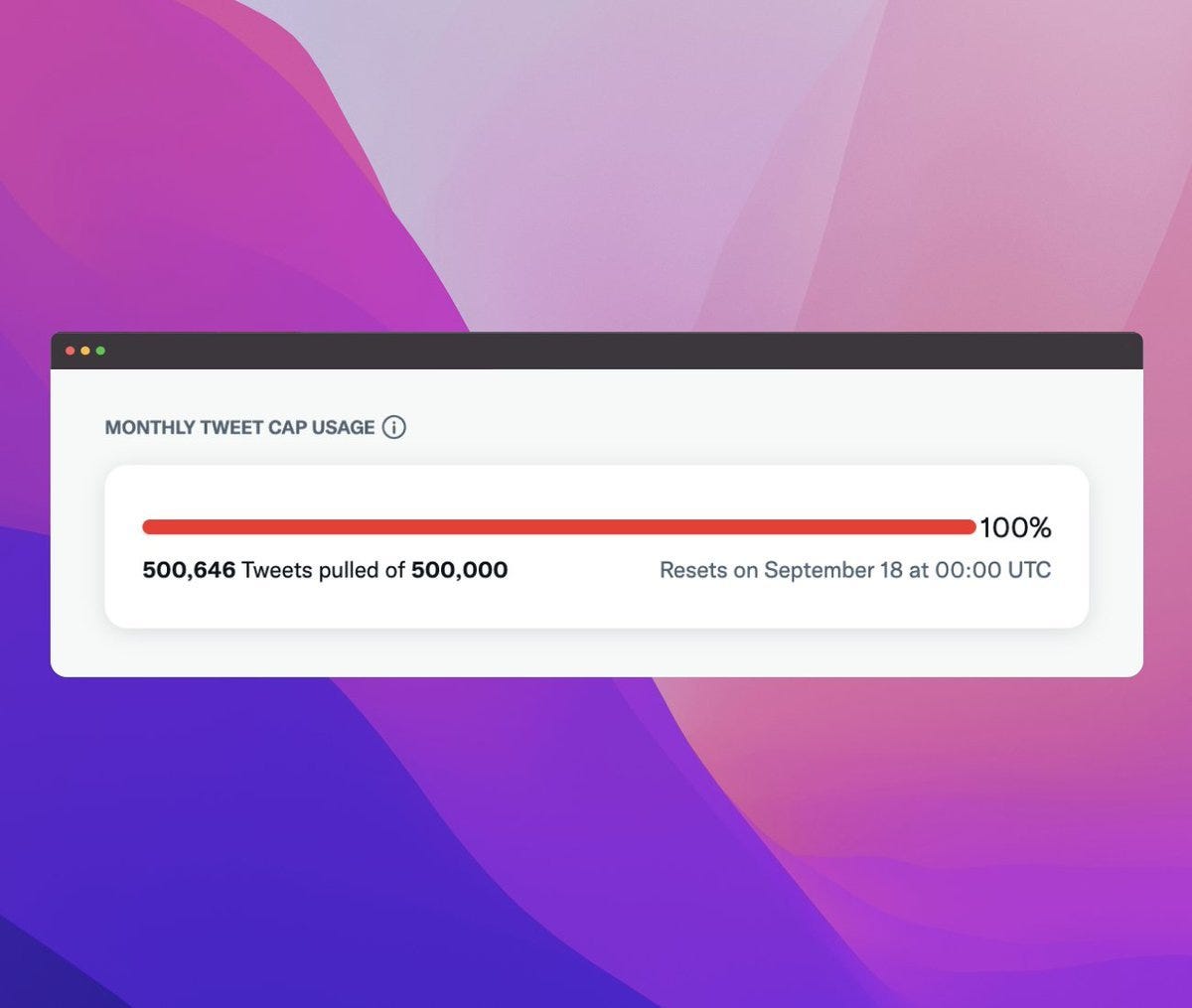Hello and welcome to issue #1 of Indie Insiders ⚡️
This newsletter is your gateway into learning about the key takeaways, wins, losses, and life lessons from 1 indie hacker each week.
After reading this issue, you’ll want nothing more to do than be invested 😜
Today’s interview is with Lilian, an indie hacker from France building Sidebird, a platform that retweets your content when the other side of the globe is listening.
Let’s get into it and learn more about his indie hacker journey!
👋🏽 Hello, Lilian! Nice to meet you 😁

How did you get into indie hacking?
9 months ago, my friends and I tried building an NFT marketplace. We were consistently working on this for 6 months, had weekly meetings, and were hoping to get some users. But, at the end of the day, we ended up with no results.
This was unfortunate but it felt like a normal starting point for being an indie hacker. Distribution and marketing were super important and I hadn’t realized that until 6 months later.
I ended up quitting the project and then started spending more time on Twitter. I found some larger accounts, such as Pieter Levels, that were sharing a lot of their work and building cool things, so I thought to myself— why not me?
Twitter is a great place for indie hackers, but it can be easy to get wrapped up in what everyone else is doing. What inspired you to take action and get started?
I wanted to try it myself. Everyone else I saw on Twitter had a large audience and was having fun doing it, while also making good money from it, so I thought this could be a possible way for me to do it as well.
I was also building the NFT marketplace with 3 other friends and while they are brilliant and great friends of mine, I realized I didn’t want to spend so much time working with other people. I wanted to try building something all by myself, as I saw a lot of other people doing it on Twitter as well.
Working by yourself is very admirable but can be very hard. What kind of challenges do you deal with in your journey?
There is certainly an element of an “emotional rollercoaster” and that’s really what surprised me the most when it comes to being an indie hacker. A lot of it is a byproduct of the journey, but I feel that it truly amplifies its significance.
For instance, if there are any down moments, it only gives me a reason to find a way to go back up. It truly feels like this when I haven’t had anyone sign up for days and then one random day— I get a paying customer.
While it’s a great feeling, it’s still hard to deal with because I constantly feel like I have to keep going.
What moment are you the proudest of in your journey?
The first customer. That moment was the most rewarding for me in my indie hacker journey because it was the moment that I realized that I went from making nothing to something 📈
What unexpected lessons have you learned on your journey?
One of the biggest things I didn’t realize was that I didn’t exactly need to be original with my ideas. Of course, there are plenty of existing ideas out there, whether they are big or small, but it’s important to provide a different perspective and additional value.
It’s possible for someone like me, who is just starting, to enter an existing market and experience success, and it was the least intuitive thing about startup ideas at first.


What’s one piece of advice you’d give to someone looking to get started with indie hacking?
Choose a problem you enjoy and try to fix it. This guarantees you have at least 1 happy user (which is yourself 😄) and can potentially help you find other like-minded people who are facing the same problem.
When I first started, I tried finding the most painful problem to solve, thinking it would result in a lot of money, but I quickly realized that I didn’t like the problem. For instance, I tried creating a platform for short-term rentals and after talking with different Airbnb owners to understand their pain, but it was hard for me to continue with it because the problem wasn’t something I liked working on.
Scratching your itch is the best way to get started and makes the process fun 🚀
What’re you working on right now and how did you start it?
I’m working on Sidebird right now and the way I got started with it was actually from a course from Arvid Kahl (Find your Following), where one piece of advice he gave was to retweet your tweets 6 hours and 12 hours after they’ve been posted. This way, people in other parts of the world can see your tweets.
I tried doing this manually, but quickly realized it was hard for me to wake up at 1 AM every day just to do that 😅
I then searched for ways to automate this and was surprised that I couldn’t find any solutions under $200 a year, so I decided to build it myself. I offered it for free in the beginning and shared it with some Twitter friends, which helped me get around 200 users in 2 weeks 🤯
To be fair though, the code was buggy and I did go over the Twitter API monthly tweet cap, which led me to get a bunch of DMs telling me that my app wasn’t working.
This made me curious and I realized I was on to something, so I decided to take the time to build it out properly. A month later, I launched it and everything started from there. Today, I’m at 10 paying customers and hope to get it to around 20-30 by February 2023.
How we can keep up with your journey?
Twitter is the best to keep in touch with me. Feel free to reach out and we can connect!
Thank you for helping us get a look into your journey!
❤️ That’s all for today!
Writing this was a blast and since it was the first one, it means so much! If you like this and want to keep up with my journey:
Follow me on Twitter
Check out some of my other work
Share this issue with your friends and family
👀 Stay tuned for another issue!
This is just the beginning and I’ll be sharing lots more indie hacker stories in the future, so don’t miss out on any issues— subscribe below 👇🏽







